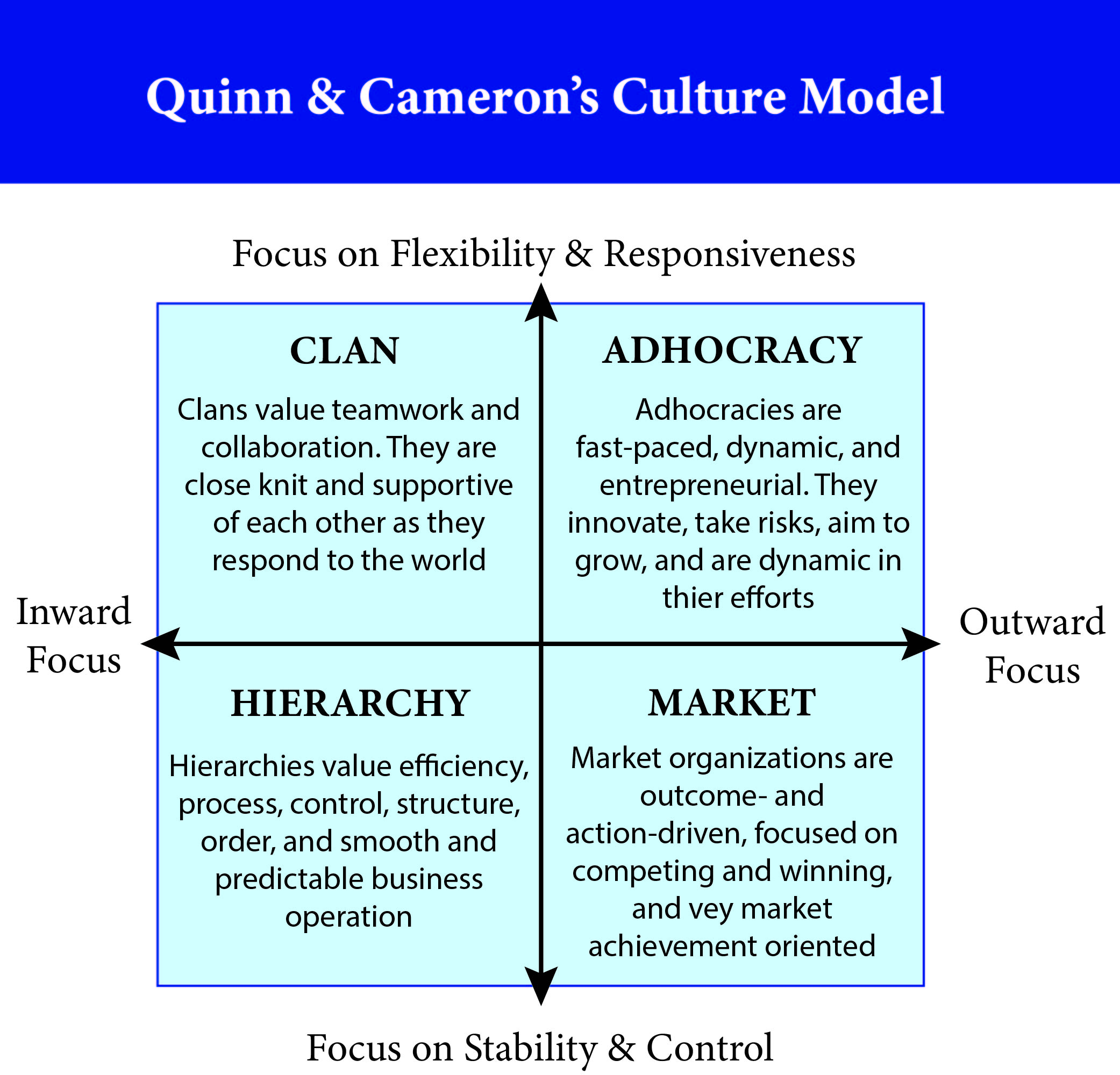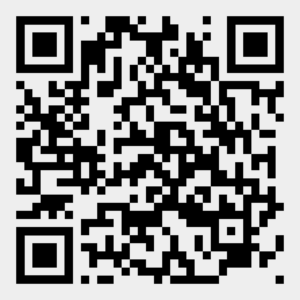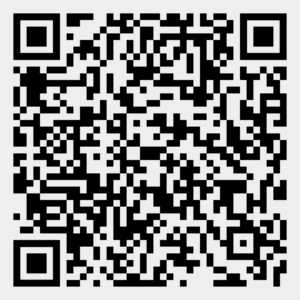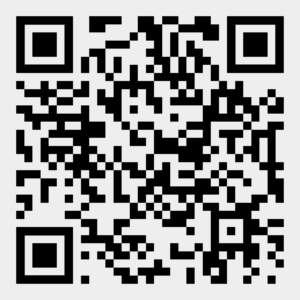12. Cultural Diversity & Workplace Barriers
Harshita Dhiman
Introduction
“Culture is the coherent, learned, shared view of a group of people about life’s concerns, expressed in symbols and activities, that ranks what is important, furnishes attitudes about what things are appropriate, and dictates behavior” — Varner & Beamer (2011, p.36)
Individuals have their own unique perspective of the world, derived from the cultures they identify with. In today’s fast-paced global environment, organizations are increasingly diversifying their workplace, hiring individuals from different geographical backgrounds to create culturally diverse work environments. Workplace culture refers to the shared beliefs, values, behaviours, and attitudes that form the foundation of an organization and guide its interactions with employees, customers, and other stakeholders. Understanding workplace culture is crucial in building and achieving a successful career; it provides equal importance to other key abilities, such as comprehending job responsibilities.
Learning Objectives
By the end of this chapters, you should be able to:
- Describe your understanding of workplace culture.
- Identify different kinds of workplace cultures.
- Self-evaluate potential challenges in a diverse workplace.
- Outline ways to overcome cultural differences in the workplace.
What is Organizational Culture?
An organizational culture plays a critical role in shaping the attitudes and behaviours of employees. It sets the tone for the work environment and guides the interactions between employees, managers, and customers. A positive workplace culture fosters a sense of belonging, trust, and respect among employees, which enhances their motivation, job satisfaction, and commitment. When we look at how organizations can be healthier by considering culture instead of just using a set program, employees are more likely to improve mentally, physically, spiritually, emotionally, and socially (Spiers, 2007).
As per the Employment Equity Act (1995) of Canada, it is prohibited to refuse someone a job opportunity or benefits based on factors unrelated to their abilities. To achieve this, it is necessary to address the disadvantages faced in employment by women, Aboriginal peoples, individuals with disabilities, and members of visible minorities. This involves not only treating everyone equally but also taking specific measures and accommodating differences to ensure employment equity.
However, workplace culture is not always conducive to employee well-being, and it may contain various barriers that hinder employees from performing to their full potential. This chapter discusses workplace culture and the barriers that impede employee productivity, job satisfaction, and well-being.
Dimensions of Organizational Culture
Organizations have more than one culture. There is usually a main culture shared by most members, but there can also be other smaller cultures within the organization. According to Cameron and Quinn (2006), there are four main types of organizational cultures: clan, adhocracy, hierarchy, and market (Figure 12.1).

Quinn and Cameron: Competing Values Model of Organizational Culture [6:03 min] by Management Courses – Mike Clayton (2021)
If you are using a printed copy, you can scan the QR code with your digital device to go directly to the video: Quinn and Cameron: Competing Values Model of Organizational Culture
1. Clan Culture
Clan culture organizations are like big families with shared values and goals. They work together and support each other. Leaders act as mentors, and they are interested in knowing what employees care about, what changes they would like to see, and their ideas for growth.
2. Adhocracy Culture
An adhocracy (derived from “ad hoc” and “bureaucracy”) culture operates outside of the traditional bureaucratic procedures and policies. These organizations are unified by their shared drive to experiment, innovate, and create rapidly. In this culture of flexibility, all employees are encouraged to contribute, irrespective of their position. The leaders in this culture are perceived as innovators who foster experimentation and innovation as means of cohesion.
3. Hierarchy Culture
Hierarchy culture is all about rules and control. It is a formal environment with strict procedures, where leaders focus on making things run smoothly and predictably. They value consistency and do not like to change quickly. Everything follows set rules and policies. Because of this rigidity, these organizations might not react as quickly to changes in the market compared to others.
4. Market Culture
In market culture, the focus of the workplace is on competition and achieving goals. Leaders are determined, tough, and expect a lot. The organization’s main aim is to outperform its competitors, so things like market share and profit matter most. Leaders in these places are strong and expect a lot. Winning is what matters most, along with having a good reputation and being successful.
Potential Challenges in Diverse Workplaces
Employees engage with each other based on their cultural norms; therefore, workplace cultural barriers can impede the development of a positive work environment and hinder employee productivity, job satisfaction, and well-being. Some of the common cultural barriers in the workplace include:
1. Communication Barriers
Culture and communication go hand in hand. There are two distinct types of communication styles (Ramlan et al., 2018):
- Verbal: Communication through words.
- Nonverbal: Communication through tone of voice, body language, and physical settings.
We learn about culture by talking to each other, and both our verbal and nonverbal communication styles are influenced by our cultural norms. In multicultural workplaces, more employees speak different languages. Though someone can become bilingual to overcome a language barrier, learning a new language cannot help an employee learn a new culture.
Effective communication is a critical aspect of workplace culture. It helps employees learn their job responsibilities, understand policies of the organization, and receive performance feedback (Schuler, 1995). However, language barriers can lead to misunderstanding, conflict, and a sense of disconnection among employees. To overcome communication barriers, it is important for employees to analyze cross-cultural communication to understand intercultural communication. For further insight into intercultural communication, refer to the Intercultural Communication in the Workplace chapter.
Moreover, establishing an environment where all individuals feel comfortable expressing themselves and are empowered to address issues promptly to reduce misunderstandings and miscommunication is essential in providing an equitable workplace for everyone. Celebrating cultural festivals at the workplace can also increase awareness and understanding of various cultures and traditions, which can promote cross-cultural communication.
Reflection
Communication Style
Describe a time when you encountered a communication challenge due to cultural differences.
- What was the result?
- How did you or could you have navigated it differently?
2. Discrimination & Harassment
Discrimination and harassment are significant barriers to workplace culture. As per the BC Human Rights Code (1996), discrimination refers to treating employees differently based on their personal characteristics, such as:
- Indigenous identity
- Race
- Colour
- Ancestry
- Place of origin
- Religion
- Family status
- Marital status
- Physical disability
- Mental disability
- Sex
- Age
- Sexual orientation
- Gender identity or expression
- Political belief
- Conviction of a criminal or summary conviction offence unrelated to their employment
Harassment refers to humiliating or intimidating an employee with inappropriate conduct or comments (Human Rights Code, 1996).
Employees who experience discrimination and harassment may feel isolated, powerless, and demotivated, leading to poor performance and mental health issues. The BC Public Service’s (2024b) HR Policy 11 – Discrimination, Bullying and Harassment in the Workplace states that employees are tasked with upholding a safe and constructive work atmosphere. It is their duty to respond to any inappropriate or disrespectful behaviours they encounter directly or witness firsthand. Actions employees can take include:
- Addressing the behaviour directly with the individual (if it is safe to do so)
- Seeking guidance from their supervisor, higher management, or their union/employer association
- Making a formal report
To prevent workplace discrimination, it is important for an organization to educate their employees about the companies’ anti-discrimination policies and provide anti-discriminatory training on a regular basis.
3. Microaggressions
Everyone has biases; however, by reflecting upon our worldviews and biases, we can avoid microaggressions that occur when we are uninformed about our colleagues’ various backgrounds. A microaggression is defined by Merriam-Webster (n.d.) dictionary as “a comment or action that subtly and often unconsciously or unintentionally expresses a prejudiced attitude toward a member of a marginalized group (such as a racial minority).” The comment or action usually creates discomfort in others. For example, if you learned that someone is Indigenous and blurted out “But you don’t look Indigenous!” this statement may create discomfort.
Our cultural worldviews impact how we see others. There are few examples in the Merriam-Webster (n.d.) definition of microaggression, and you can locate more examples in the article “What Exactly is a Microaggression?” by Jenée Desmond-Harris (2015). The Experience More Access chapter goes into more detail on social location, bias, and microaggressions—if you have not read this section, it is worth going back to.
It is important to remain open and curious and actively work against our own personal biases that have been reinforced by society, community, or family norms. This supports personal growth and development toward building healthy interpersonal relationships in the workplace. Challenging our own assumptions often requires reflection and facilitation. There are many ways to improve our education in this area. Some resources for education from an Indigenous lens can be found through workplace training or online modules in equity, diversity, and inclusion (EDI) by Indigenous Canada (University of Alberta, n.d.), workplace or private EDI workshops, other employment modules and diversity workshops, and resources such as Indigenous Corporate Training Inc (n.d.).
Exercise 12.2
Identifying Microaggressions
- Complete the following multiple-choice quiz to test your knowledge on microaggressions.
If you are using a printed copy, you can scan the QR code with your digital device to go directly to Exercise 12.2 Identifying Microaggressions
- After completing the quiz, reflect on how language can affect people in the workplace:
- Have you ever said or heard something that may have unintentionally caused discomfort?
- What would you do differently now?
4. Social Location & Intersectionality
Privilege offers an easier path when navigating the world, and this is not often recognized by those who possess the most privilege. Social location can be defined as the combination of factors that impact our experiences within society—such as gender, race, social class, age, ability, religion, sexual orientation, and geographic location—resulting in our social location being specific to us as individuals (National Council on Family Relations, 2019). Social location contains a description of how several intersecting identities, such as gender, income status, partner status, family origin, religion, race, ethnicity, and sexual orientation, impact us differently. Have a look at Figure 11.8 in the Experience More Access chapter for an illustration of how intersecting identities can impact us differently.
Now, go complete the What is Privilege? in Exercise 12.3. This activity is relevant to those who identify as Indigenous, female, or any number of identities that locate us outside the dominant group, which is comprised of individuals who are White and male. Also, watch the video What Is Privilege? (As/Is, 2015) to get a sense of how the identity exercise plays out in person.
What Is Privilege? [3:59 min] by As/Is (2015)
If you are using a printed copy, you can scan the QR code with your digital device to go directly to the video: What Is Privilege?
Exercise 12.3
Identify Your Social Location
- Take the What is Privilege? [PDF] quiz, and watch the What Is Privilege? (As/Is, 2015) video above to put your results into context. These questions will help you better understand your social location by illustrating your areas of advantage (i.e., your privilege) and disadvantage in society.
- Now, reflect on what you learned about your identity with these questions:
- Were you surprised?
- Does your understanding of your social location change anything?
- How does your identity relate to the Canadian employment context?
- Does this change your views of employment equity?
- How does this new knowledge support you when navigating the job search process?
Conclusion
Cultural diversity in a workplace does not always create barriers. While it may present challenges, such as communication barriers, discrimination, and microaggressions, organizations that embrace diversity gain a competitive advantage in attracting and retaining talent (Amaram, 2007). A diverse organization is more adept at catering to a varied global clientele in an ever-expanding international market. These organizations possess a deeper comprehension of the needs stemming from the legal, political, social, economic, and cultural landscapes of foreign countries (Adler, 1991). By recognizing and addressing workplace barriers, promoting cultural awareness and sensitivity, and providing ongoing education and training, organizations can cultivate a culture of inclusivity, where every individual feels valued, respected, and empowered. As organizations continue to evolve in a rapidly changing global landscape, embracing cultural diversity will remain essential for driving innovation, creativity, and success.
Media Attributions
- Figure 12.1 “Quinn and Cameron’s culture model” by Kaitlyn Meyers (2025) is used under a CC0 1.0 license.
References
Adler, N. J. (1991). International dimensions of organizational behavior. PWS-Kent Publishing Company.
Amaram, D. I. (2007). Cultural diversity: Implications for workplace management. Journal of Diversity Management (JDM), 2(4), 1–6. https://doi.org/10.19030/jdm.v2i4.5017
As/Is. (2015, July 4). What is privilege? [Video]. YouTube. https://youtu.be/hD5f8GuNuGQ?si=D3biMYU5hFz_kcr6
BC Public Service. (2024a). Define discrimination, bullying and harassment. Government of British Columbia. https://www2.gov.bc.ca/gov/content/careers-myhr/all-employees/working-with-others/address-a-respectful-workplace-issue/define-discrimination-bullying-harassment
BC Public Service. (2024b). Human resource policy 11 – Discrimination, bullying and harassment in the workplace [PDF]. Government of British Columbia. https://www2.gov.bc.ca/assets/gov/careers/managers-supervisors/managing-employee-labour-relations/hr-policy-pdf-documents/hr_policy_11_discrimination_bullying_and_harassment_in_the_workplace.pdf
Cameron, K. S., & Quinn, R. E. (2006). Diagnosing and changing organizational culture: based on the competing values framework (Revised ed.). Jossey-Bass.
Desmond-Harris, J. (2015, February 16). What exactly is a microaggression? Vox. https://www.vox.com/2015/2/16/8031073/what-are-microaggressions
Employment Equity Act, SC 1995, c 44. https://laws-lois.justice.gc.ca/eng/acts/e-5.401/page-1.html#h-215132
Human Rights Code, RSBC 1996, c 210. https://www.bclaws.gov.bc.ca/civix/document/id/complete/statreg/00_96210_01
Indigenous Corporate Training Inc. (n.d.). Home. https://www.ictinc.ca/
Mahmutovic, J. (2023, August 11). 12 types of organizational cultures in 2023 (+ best culture examples). SurveyLegend. https://www.surveylegend.com/research/types-of-organizational-culture/
Merriam-Webster. (n.d.). Microaggression. In Merriam-Webster.com dictionary. Retrieved March 5, 2025, from https://www.merriam-webster.com/dictionary/microaggression
National Council on Family Relations. (2019). Inclusion and diversity committee report: What’s your social location? (Spring 2019 NCFR report). https://www.ncfr.org/ncfr-report/spring-2019/inclusion-and-diversity-social-location
Ramlan, S. N., Abashah, A., Samah, I. H., Rashid, I. M. A., & Radzi, W. N. W. M. (2018). The impact of language barrier and communication style in organizational culture on expatriate’s working performance. Management Science Letters, 8(6), 659–666. http://doi.org/10.5267/j.msl.2018.4.025
Schuler, R. S. (1979). A role perception transactional process model for organizational communication-outcome relationships. Organizational Behavior and Human Performance, 23(2), 268–291. https://doi.org/10.1016/0030-5073(79)90058-8
Spiers, C. (2007). A healthy workplace culture–the key to sustainable success. Management Services, (Winter 2007), 18–23. https://www.carolespiersgroup.co.uk/pdfs/management-services-winter07.pdf
University of Alberta. (n.d.). Indigenous Canada. https://www.ualberta.ca/en/admissions-programs/online-courses/indigenous-canada/index.html
Varner, I., & Beamer, L. (2011). Intercultural communication in the global workplace (5th ed.). McGraw-Hill/Irwin.
Long Descriptions
Figure 12.1 Long Description: Quinn and Cameron’s culture model can be broken down into four types:
- Clan
- Inward focus and focus on flexibility and responsiveness
- Clans value teamwork and collaboration. They are close knit and supportive of each other as they respond to the world.
- Adhocracy
- Outward focus and focus on flexibility and responsiveness
- Adhocracies are fast-paced, dynamic, and entrepreneurial. They innovate, take risks, aim to grow, and are dynamic in their efforts
- Hiearchy
- Inward focus and focus on stability and control
- Hierarchies value efficiency, process, control, and smooth and predictable business operation
- Market
- Outward focus and focus on stability and control
- Market organizations are outcome- and action-driven, focused on competing and winning, and very market achievement oriented

